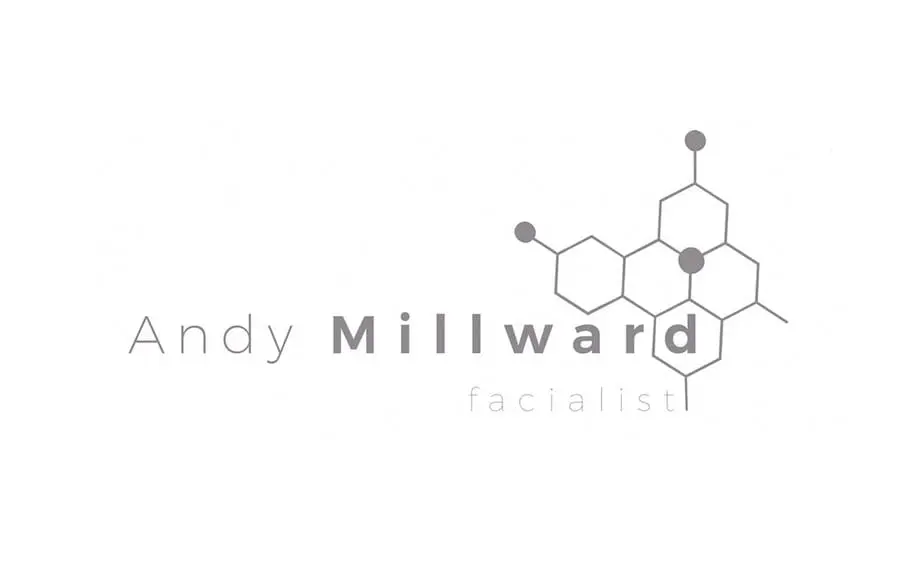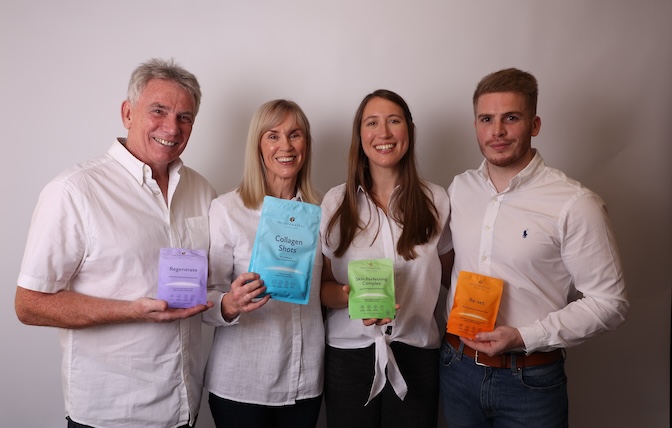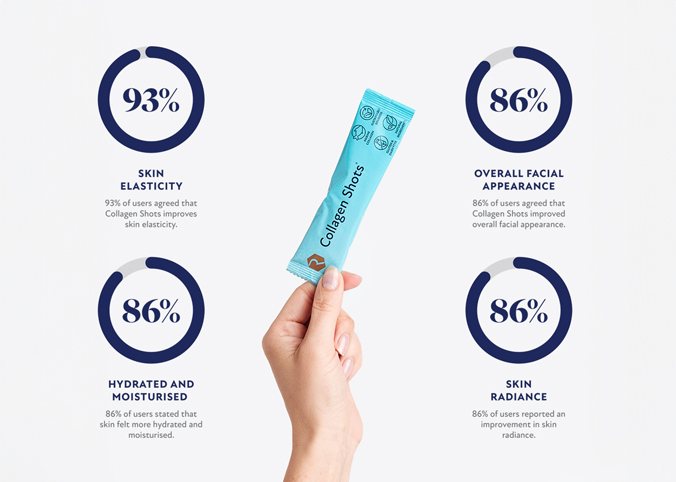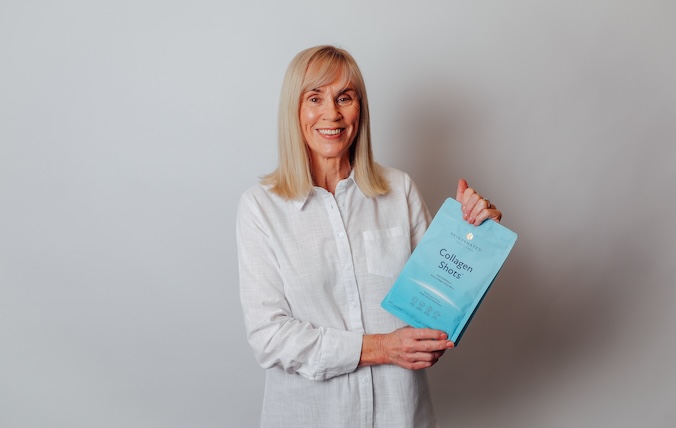Andy Millward explains compares Mineral versus Chemical Sunscreen

With summer literally just around the corner and having already been treated to a few days of spring sunshine, it’s only natural that people start to become more aware of protecting their skin and wearing a sunscreen.
Of course, our skin is under attack from UV damage all year round but in reality, only very few of us actually adhere to wearing sunscreens on a daily basis. Despite all the warnings, some still insist on wearing sunscreen on holidays abroad only.
I’d like to explain more about the products on the market so you can make the best choice for your skin.
It’s worth mentioning here, that there are three forms of UV radiation, two of which cause UV damage to the skin, UVA and UVB (the third, UVC, is absorbed by the ozone layer).
UVA are long-wave ultraviolet rays that penetrate deep within the skin to the dermis layer, causing damage to the support structure of our skin i.e. Collagen and Elastin, resulting in wrinkles and loss of elasticity.
UVB are short-wave ultraviolet rays that penetrate to the epidermis of the skin, affecting our pigment-producing cells called Melanocytes. This causes us to tan but can also lead to irregular pigmentation issues. Excess UVB exposure is what causes us to burn.
An easy way to remember is UV-A = Ageing and UV-B = Burning.
However, both UVA and UVB exposure have been linked to skin cancer.
As a skin therapist I always advise my clients to wear sun protection on a daily basis (in fact it’s mandatory for some of the treatments I offer) and I always recommend the use of a physical sunscreen (also referred to as mineral sunscreen) rather than a traditional chemical sun filter, but what’s the difference?
Firstly both forms of sun protection, whether chemical or mineral are designed to protect the skin from harmful UV radiation, but how they achieve this is very different.
Chemical sun ‘filters’ penetrate the skin and ‘absorb’ UV rays, neutralizing their effect to protect the skin.
Mineral sun ‘screens’ remain on the surface of the skin and forming a physical barrier to ‘block’ or ‘reflect’ UV rays, so they are unable to penetrate the skin.
The Problem With Chemical Sunscreens
There are many chemical sun filters with ingredients such as Oxybenzone, Octocrylene and Benzophenone to name a few.
The main problem with chemical sun filters is many of them are irritants i.e. cause irritation in the skin. When the chemical filters molecules absorb UV rays, they become energized and as a byproduct release free radicals. Effectively they’re blocking one form of free radical attack and replacing it with another. This causes further irritation and contributes to skin ageing.
Furthermore, many chemical sunscreens are ‘photo-sensitisers’, meaning they make skin more sensitive to sunlight. The exact same thing they’re supposed to be protecting us from!
Not all chemical sun filters offer ‘Broad Spectrum’ protection i.e. their ability to protect against both UVA and UVB radiation. To combat this many chemical sunscreens will contain a combination of 2 or more different chemical filters.
Chemical filters are also photo-unstable, which means their effectiveness degrades when exposed to sunlight, hence the importance of reapplying every 2 hours.
Some chemical filters are also highly comedogenic, meaning they can block pores. Some people experience ‘prickly heat’ in the sun. This is sometimes in relation to the sunscreen they are using. If the pore becomes blocked the skin is unable to sweat correctly and therefore unable to cool itself effectively.
Why I Recommend Mineral Sunscreen
Physical sunscreens contain minerals Titanium Dioxide and Zinc Oxide (or sometimes a combination of the two depending on the formulation).
Unlike chemical sun filters, mineral sunscreens don’t irritate the skin. In fact, Zinc Oxide, in particular, has a calming, anti-inflammatory effect on the skin. Zinc Oxide also provides an occlusive effect, therefore helping to reduce Trans Epidermal Water Loss and keep skin hydrated and providing additional skincare benefits than just sun protection alone.
Both Titanium Dioxide and Zinc Oxide provide Broad Spectrum protection (although Zinc Oxide offers a wider range of coverage).
Mineral sunscreens are highly photo-stable, meaning they don’t degrade in sunlight. They’ll physically protect the skin for as long as they remain on the skin i.e. until they’re washed off or sweat off.
Mineral sunscreens are non-comedogenic, therefore won’t block pores. The particles are simply too large to penetrate the skin (although there is some concern over nanoparticles penetrating the skin, however, recent toxicology studies suggest they don’t get past the outermost layer and therefore shed along with dead cells)
In summary, chemical sun filters can cause free radical damage, sensitise the skin to the sun, degrade when exposed to sunlight and block pores.
As a skin therapist, I choose to use ingredients that are safe, effective and don’t have a negative impact on skin function. Hence why I choose mineral sunscreens.
The Problem With Physical Sunscreens
Whilst I believe mineral-based sunscreens are superior to chemical sunscreens in every way, they’re certainly not perfect and there are two main issues, which I believe restricts their popularity.
Firstly, some mineral sunscreen can leave a white cast. Making them unsuitable for darker skin tones and can even leave paler skin tones looking a little ‘washed out’. Traditionally this could be said for all mineral sunscreens however the technology has advanced and there are great products available now that don’t leave a white cast. For best results, application of two thin coats of sunscreen instead of one thick one is advisable and pressing the product into the skin instead of rubbing it in will also help reduce any white cast.
Secondly, texture can be an issue. Some physical sunscreens tend to be a little heavy. However, this is more to do with the base formula rather than the actual mineral sunscreen itself. Lighter options and even powder-based sunscreens are available.
Additional Points Regarding Sunscreen
No matter whether you choose a chemical or physical sunscreen, there are a few general points we should all remember to stay safe and enjoy the sun responsibly.
- Remember ‘SPF’ refers to UVB protection only. Always look for the words ‘Broad Spectrum’ to ensure full spectrum protection against UVB and UVA.
- Apply enough of the product as per the manufacturers’ guidelines. Applying less than recommended means you’re not getting the full protection as outlined on the bottle.
- Seek shade between 11 am and 3 pm when the sun is at it’s strongest.
- Don’t rely on sunscreen alone. Wear protecting clothing, hats and sunglasses too.
- Remember that a little sun is actually good for us! Vitamin D is essential for a healthy immune system and is produced in the skin after UVB exposure. 15 minutes (depending on skin type) exposure on arms or legs is more than enough.
- H3O Night Repair is one of my favourite products and has astaxanthin in which is believed to help to protect the skin from the sun.
Andy is quickly becoming one of the go-to skin specialists and you can follow him on Facebook Twitter and at his webpage www.andymillward.com






